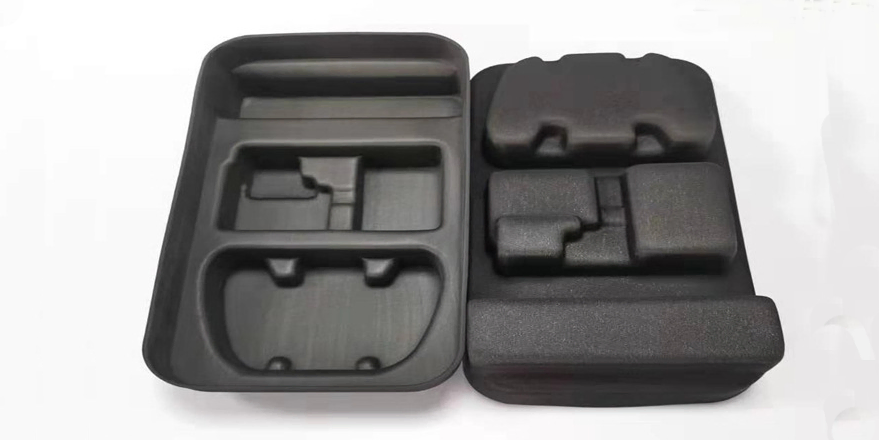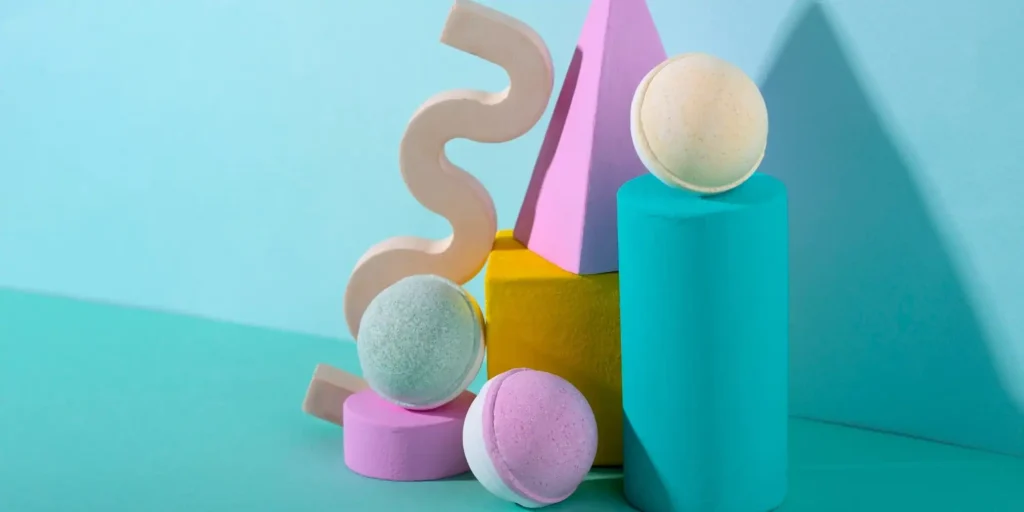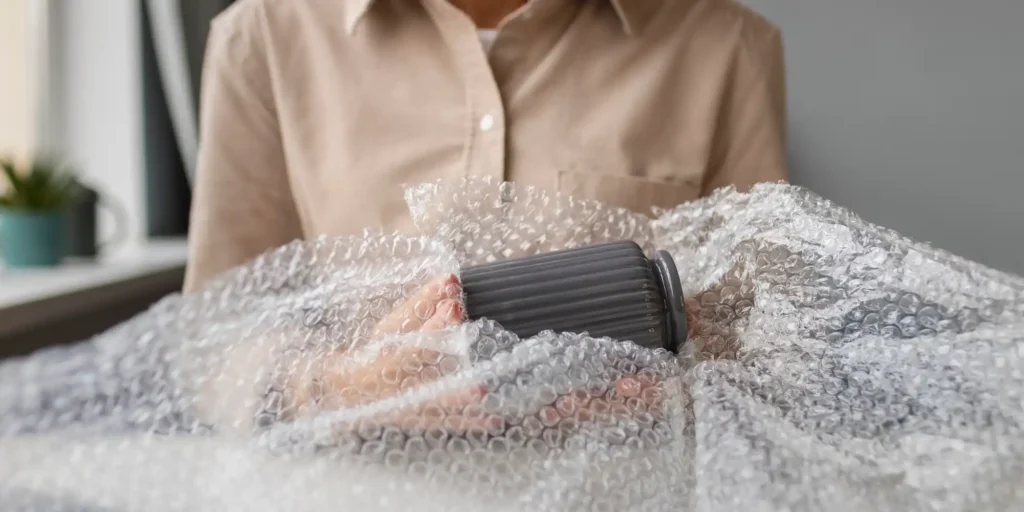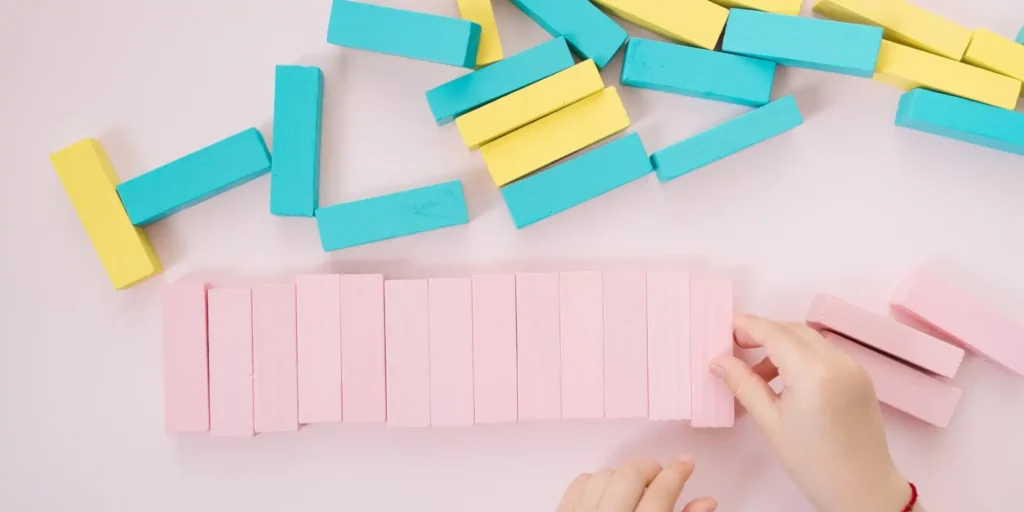Abstract
EVA foam (ethylene-vinyl acetate copolymer foam), prized for its lightweight, flexible, and easily cuttable properties, has emerged as an ideal material for crafting, cosplay props, and small-scale mold fabrication. This article focuses on cost-effective mold-making scenarios, delivering comprehensive techniques spanning material selection, design, and hands-on execution. It includes alternative tool solutions, material optimization strategies, and troubleshooting methods, empowering hobbyists and startup studios to achieve high-quality mold production at minimal cost.
I. Core Techniques for Low-Cost Mold Making
1. Material Selection & Alternatives
- EVA Foam Thickness: Opt for 3-5mm sheets, balancing structural integrity and affordability (approx. ¥10-20/m²).
- Adhesive Alternatives: Substitute specialized EVA glue with woodworking white glue (¥8/bottle), achieving comparable bonding strength while reducing costs by 60%.
- Scrap Utilization: Repurpose offcuts as filler for mold bases or small structural components, minimizing waste.
2. Budget-Friendly Tool Optimization
- Cutting Tools: Replace laser cutters with a utility knife and heated cutting pen (¥50). Preheating the blade enhances precision.
- Shaping Tools: Use household hairdryers (high-heat mode) or irons (low setting) instead of professional heat guns for thermoplastic forming.
3. Mold Design Strategies
- Layered Construction: Decompose complex shapes into 2-3 stacked layers for easier carving and material efficiency.
- Template Reusability: Craft reusable templates from cardboard or PVC sheets for rapid replication of identical molds.
4. Surface Finishing & Durability Enhancement
- Economical Coating: Blend acrylic primer (¥15/bottle) with plaster powder to reinforce surface hardness and abrasion resistance.
- Moisture Protection: Apply diluted white glue (1:1 water ratio) as a protective barrier against humidity-induced warping.
II. FAQ: Troubleshooting & Solutions
Q1: What is the typical lifespan of an EVA foam mold?
Under standard conditions (no heavy pressure, stored away from light), molds last 6-12 months. Epoxy resin coating (¥30/set) extends durability to 2+ years.
Q2: How to prevent frayed edges during cutting?
Preheat material to 50-60°C (slightly warm to touch) with a hairdryer. Cut at a 30° angle with steady, even strokes.
Q3: Can budget molds replicate intricate curves?
Yes, via heat-press molding: Soften EVA foam with heat, drape over a preformed object (e.g., plastic bottle, wood carving), and cool to set.
Q4: How to reinforce weak adhesive joints?
Sand bonding surfaces for texture, apply glue, and weight-clamp for 24 hours to increase strength by 40%.
Q5: Estimated cost per mold?
For a 30cm×30cm basic mold:
- Materials: ¥15-25 (EVA sheet + adhesive)
- Tool depreciation: ¥5-10 (amortized over 10 uses)
Total cost: ¥20-35.
WELLE Trade has over 20 years of experience in the production and processing of PE/EVA/TPE foams, so you may want to consult with them if you have any sourcing needs.




